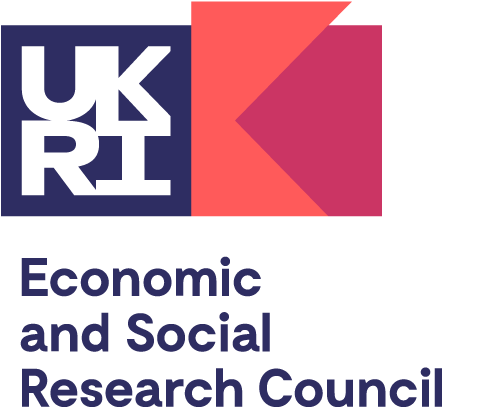There are several design aspects that you will need to consider when creating your website.
Interactive design
Interactive design focuses on how the user will interact with the website, find their way around and locate the information they want.
The user needs to feel at ease with your site very quickly. If you have a site where the user cannot see what they are looking for, or understand the route they should take, they will get frustrated and may go elsewhere.
Homepage design
Your homepage needs to give a good first impression. The user should immediately know where they are and what information they will find there. You should:
- provide prominent links on your homepage to the content that your users will want to access
- showcase your latest news and activities on your homepage to keep it fresh and interesting
- avoid using a splash page – a window that precedes the homepage – as they take users away from being able to complete their task.
Site structure
There should be several layers in your site, each with an increasing depth of information.
Users should be able to drill down into your site until they reach the level of detail that satisfies them. You should ensure that each section is clearly labelled and only holds content that users would logically look for in that section.
There should be consistency between different pages and sections of the site. Suddenly jumping to a different colour scheme or layout can be confusing, as the user has to relearn how to move around your site. Even if this only takes a few seconds, it can be annoying for the user and not good practice.
Design
Design concentrates on the look and feel of the site. Your site should portray a professional image that reflects your research interests and brand, while meeting accessibility standards.
Fonts and colours
Your users need to be able to easily read your content. All users, including those with vision impairments, and dyslexia, need to be able to use your site.
You should:
- use fonts that are easy to read on-screen, such as Arial or Verdana
- be consistent with the fonts you use
- use compatible, accessible and non-clashing colours
- contrast the colour of your fonts with the background colour of your pages. Dark fonts on a light background are most accessible
- choose a background that is a single, solid colour – avoid loud textures, patterns or images
- use colours that are subtle and co-ordinated
- leave plenty of white space to make pages easier to read
- avoid design features like Flash introductions or animations – research shows they tend to annoy users
- control fonts and other styling with tools such cascading style sheets (CSS).
Branding
If your project has ESRC funding, you should include ESRC branding and follow the guidance on acknowledging the funder.


